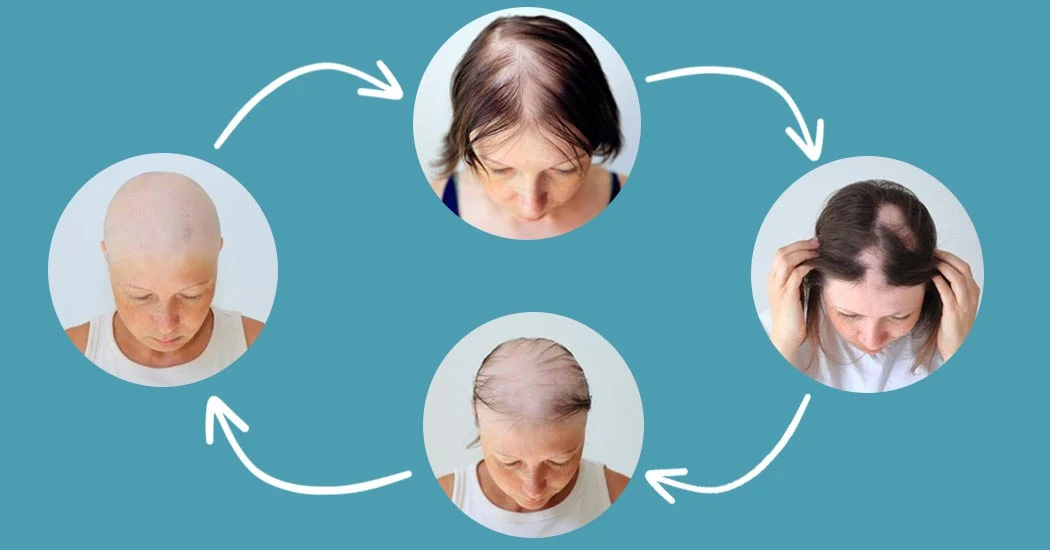
Alopecia Areata
Alopecia areata is a hair fall disease that happens when immune system is a weak that could be hair loss. While hair cen be lost from any part of the body, alopecia areata usually affects the head and face. Hair falls out in small and round patches about the size of a quarter, and hair loss in round circle after some time remove all hair in your head.
Who Gets Alopecia Areata?
Anyone can have alopecia areata. Men, women and also children affected for this disease. Best dermatologist in jaipur provide solution for alopecia areata. But most people get in their teens, twenties, or thirties. When it occurs in children younger then age 10.
If you are close to family members with the high amount of risk for this disease. But dermatologist in jaipur can remove this disease if you are following dermatologist guidlines.
People with certain auto-immune diseases, such as psoriasis, thyroid disease, or vitiligo, are more likely to get alopecia areata. It is possible that stress or any internal disease could be alpecia areata.
Types of Alopecia Areata
There are three main types of Alopecia Areata:-
• Patchy alopecia areata: In this type of alopecia areata, which is the most common, hair loss happens in one or more circle-sized patches on the scalp or other parts of the body.
• Alopecia totalis: People with this type of alopecia areata lose all hair on their scalp.
• Alopecia universalis: In this type of alopecia areata, which is rare, there is a completely hair loss on the scalp, face, and rest of the body.
Symptoms of Alopecia Areata
Alopecia areata primarily affects hair, And there some cases nails changes as well. Derma solution root out this disease.
Hair Changes
Alopecia areata begins with minor loss of round or oval patches of hair on the scalp, but any part of the body mey be affected, such as the beard area in men or the eyebrows or eyelashes. In an women loss of hair in a scalp or a back part of head.
It is hard to predict what will happen next. The possibilities include:
• The hair regrowth within a few months. It may look white or gray at first but may regain its natural color over time.
• In rare cases, hair is eventually lost from the entire scalp, called alopecia totalis.
• There is a progression to complete loss of body hair, a type of the disease called alopecia universalis.
Nail Changes
Nail alterations like ridges and pits can manifest, particularly in individuals experiencing significant hair loss.
Nail changes are a common feature of AA, with an average prevalence of 30%, and can cause significant disfigurement and loss of function. Pitting and trachyonychia were by far the most common manifestations of AA, with an average prevalence of 20 and 8%, respectively.
Causes of Alopecia Areata
Alopecia areata is the product of a person’s immune system attacking their own hair follicles, causing hair to fall out. Researchers have made progress in understanding this disease, but work remains to be done. It appears that some genetic and environmental factors may contribute to alopecia areata.

